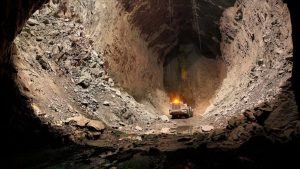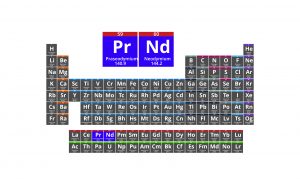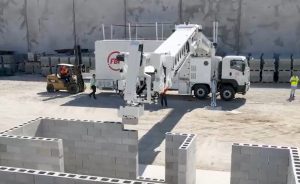Emerging explorer St George Mining (ASX: SGQ) will next week kick off its 2019 exploration campaign with a 5,500m-plus campaign of reverse circulation drilling at the high-grade Mt Alexander nickel sulphide project near Leonora. The campaign will comprise 37 RC holes and include infill and extensional drilling at the flagship Investigators discovery and first-ever drilling of the new Fairbridge prospect. Mt Alexander is arguably Australia’s most exciting greenfields nickel exploration project, with last year’s campaign delivering numerous massive nickel-copper sulphide hits at Mt Alexander’s three high-grade discoveries, led by Investigators.
HIGHLIGHTS:
-
+5,500 metre reverse circulation (RC) drill programme to commence next week at Mt Alexander with drilling in multiple target areas
-
Infill and extensional drilling planned for the Investigators Prospect to support resource definition
-
First ever drilling of the interpreted mineralised contact at the Fairbridge Prospect where nickel-copper sulphide gossans have been identified over a 1km strike
-
Drill targets at Fairbridge include several anomalies with geophysical signatures consistent with nickel sulphide mineralisation
-
First ever drilling at the West End Prospect to test for the interpreted western extension of the highly mineralised Cathedrals Belt towards the Ida Fault
-
First ever drilling by St George at the Mt Alexander Belt to follow-up massive nickelcopper sulphide intersections in previous exploration by BHP
Emerging Western Australian nickel company St George Mining Limited (ASX: SGQ) (“St George” or “the Company”) is pleased to announce that drilling is scheduled to resume on 18 February 2019 at the Mt Alexander Project, located near Leonora in the north Eastern Goldfields.
The 2019 drilling campaign at Mt Alexander will commence with an RC drill programme that comprises 37 planned drill holes for more than 5,500m of drilling. Additional drill holes may be added to the programme as initial drill results are reviewed. Downhole electromagnetic (DHEM) surveys will be used concurrently with drilling to further investigate for sulphide mineralisation.
A diamond drill programme will also commence at a later date to test the DHEM conductors identified from last year’s drilling as well as any DHEM conductors that may be identified from the upcoming RC drilling.




